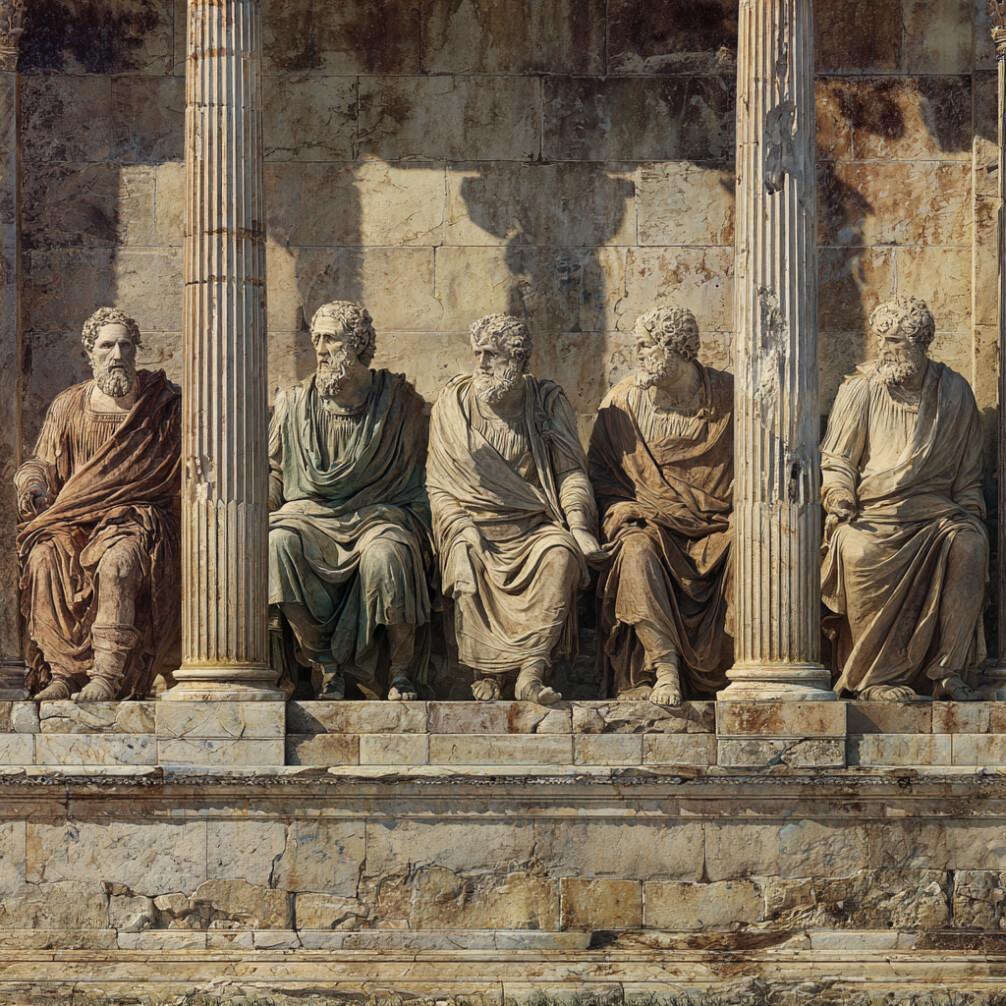Civilizations, like living organisms, rise, flourish, and ultimately decline. Yet unlike biological death, the end of a civilization doesn’t always mean extinction. It often signals transformation—a crumbling into dust that fertilizes the seeds of future societies. From Mesopotamia to the Maya, the cycle of collapse and renewal reveals as much about the resilience of human ingenuity as it does about our vulnerability to missteps and misfortune.
Collapse doesn’t always arrive with a bang. Sometimes, it’s a slow, suffocating process—death by a thousand bureaucratic cuts, bad harvests, or eroded trust. Consider the fall of the Roman Empire. While popular culture frames it as a sudden catastrophe (barbarians at the gate, aqueducts crumbling), the reality was a long, drawn-out unraveling of systems. Corruption, economic mismanagement, overexpansion, and environmental strain—these were the termites in the imperial woodwork.
Interestingly, many scholars argue that the concept of “collapse” is a bit of a misnomer. As historian Joseph Tainter argues, complexity itself becomes a burden. As societies grow more intricate, their marginal returns on problem-solving diminish. More administrators, more taxes, more red tape—eventually, the system consumes more than it produces. Collapse, then, is not necessarily failure, but a reset to a more sustainable mode.
Environmental shifts often play the role of silent assassins. Droughts and deforestation contributed to the fall of the Classic Maya. The Ancestral Puebloans of the American Southwest saw their cities emptied, likely due to centuries of climatic instability. Even the flourishing Khmer Empire, known for the glory of Angkor Wat, succumbed to monsoon disruption and water mismanagement. Nature, indifferent to power and pomp, has repeatedly humbled even the most advanced societies.
But we shouldn’t romanticize collapse as purely external. Human decisions—poor governance, shortsighted resource use, rigid class hierarchies—exacerbate vulnerabilities. When elites prioritize their luxuries over systemic sustainability, civilizations drift toward disaster. The French Revolution was not caused by drought alone, but by a court that gorged itself while peasants starved. Inequality often sharpens the blade of collapse.
And yet, from the ashes, something new often emerges. After Rome fell, the Byzantine Empire carried the torch of its legacy. When China’s Han dynasty crumbled, the chaos of the Three Kingdoms era eventually gave way to the Sui and Tang—dynasties renowned for art, innovation, and openness. Collapse clears the stage. What follows may be leaner, wiser, or radically different, but it is rarely nothing.
Some argue that civilizations don't die at all; they mutate. The British Empire may have formally ended, but its cultural and linguistic footprint remains etched across continents. In this sense, collapse is not disappearance but diffusion. Power rearranges itself, often migrating from one form—imperial, feudal, national—to another. In the words of historian Arnold Toynbee, civilizations don’t get murdered; they commit suicide or adapt.
So what does this mean for us? Modern civilization is more interconnected—and thus more interdependent—than ever before. We face familiar threats: environmental degradation, wealth concentration, political polarization. But we also have unprecedented tools for foresight and adaptation: global communication, advanced modeling, and scientific collaboration. Whether these tools become solutions or distractions depends on how we use them.
Some predict our own collapse with a kind of gleeful fatalism, invoking doomsday scenarios and cyberpunk dystopias. But collapse isn’t inevitable. It is, rather, a test. A civilization's fate hinges on its capacity for self-correction. Do we build systems that can learn, pivot, and evolve? Or do we ossify into brittle empires of pride?
Ultimately, civilizations are stories we tell ourselves. When the old story no longer works, people write a new one. Collapse can be traumatic, but it is also an opportunity for reinvention. After all, from Mesopotamia’s shattered ziggurats to the dust of Detroit’s abandoned factories, the ruins whisper not just of what was—but of what could be again.


